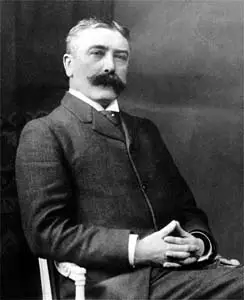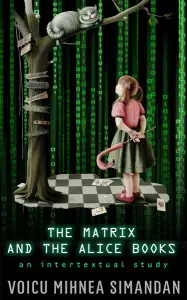 Contemporary literary and cultural theory is viewed as taking its origins from the birth of modern linguistics, which emerged in the work of Ferdinand de Saussure. His ideas about language structure influenced the development of the linguistic theory known as structuralism. Saussure developed a theory of language that saw it as a structured system of elements, rules, and meanings that were socially conceived. His methodology established linguistics as a subject of scientific study with broad applications, which has affected disciplines such as anthropology, history, and literary criticism. His ideas about language structure form the basis of the schools of thought known as structuralism and semiology (Cosper 2004).
Contemporary literary and cultural theory is viewed as taking its origins from the birth of modern linguistics, which emerged in the work of Ferdinand de Saussure. His ideas about language structure influenced the development of the linguistic theory known as structuralism. Saussure developed a theory of language that saw it as a structured system of elements, rules, and meanings that were socially conceived. His methodology established linguistics as a subject of scientific study with broad applications, which has affected disciplines such as anthropology, history, and literary criticism. His ideas about language structure form the basis of the schools of thought known as structuralism and semiology (Cosper 2004).
In his work, Saussure raised the following question: what is a linguistic sign? He produced a definition in which a sign is imagined as a two-sided coin combining a “signified” (concept) and a “signifier” (sound-image). The notion of the linguistic sign emphasizes that its meaning is non-referential. This means that a sign is not a word’s reference to some object in the world but the combination between the signifier and the signified.
Saussure imagined a new science which would study “the life of signs within society” (Saussure 1974: 16) which he called “semiology.” Structuralism, a critical, philosophical, and cultural movement based on the notions of Saussurean semiology, sought from the 1950s onwards, to produce revolutionary redescriptions of human culture in terms of sign-systems. This point in the history of literary theory can be considered as one origin of the theory of intertextuality.
Semiology theories force us to reconsider the nature of literary works themselves. No longer the product of an author’s original thoughts, and no longer perceived as referential in function, the literary work is viewed not as the container of meaning, but as a space in which potentially vast numbers of relations co-exist. The literary work can now be understood only in a comparative way. The reader moves outwards from the work’s apparent structure into the relations it possesses with other works and other linguistic structures. Thus, even apparently realistic texts generate their meaning out of their relation to literary and cultural systems, rather than out of any direct representation of the physical world.
Resources:
- Cosper, D.D. (2004) Literary Criticism. French Literature. Microsoft Encarta Reference Library. Microsoft Corporation. CD-ROM.
- Saussure, de F. (1974) Course in General Linguistics. Wade Baskin (transl.). Jonathan Culler (intro.), Charles Bally et al (eds.), London: Fontana.
(Fragment from The Matrix and the Alice Books by Voicu Mihnea Simandan, p.18-19)
Photo source
My intertextual study The Matrix and the Alice Books looks at the way Lewis Carroll’s Alice’s Adventures in Wonderland and Through the Looking-Glass have influenced some of the ideas put forth by Andy and Larry Wachowski. The book is now available as a Kindle ebook too.


